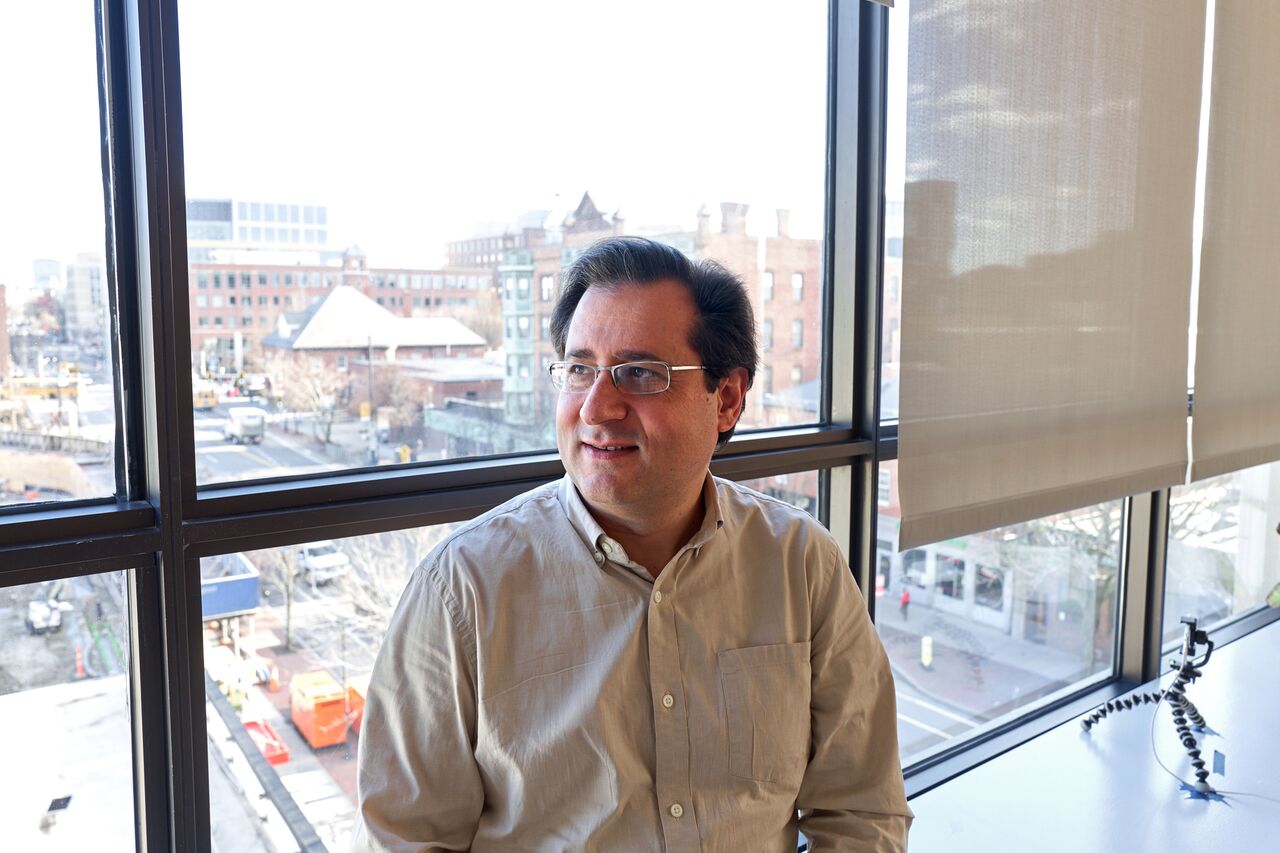It’s not every day that the manager of a 300-person team of data scientists, engineers and linguists at Amazon chooses to move to a 50-person startup in Cambridge, Massachusetts. As an expert in speech recognition and unsupervised learning, George Zavaliagkos led the Alexa team in the development and training of cloud models to improve Alexa’s skill and language capabilities. George thrived in such a unique opportunity in the field, “I loved working on a product that everybody knew about and loved,” he remembers, “And I loved that my daughter could finally explain to her friends what I did at work.”
The connection between speech recognition and load disaggregation isn’t new to Sense, of course. “Devices in the house do not work in isolation – you observe the signal from all of them at once. It’s just like trying to solve speech recognition problem with dozens of people talking at once.” In his new role as VP of Technology for Sense, George is most looking forward to analyzing the critical mass of data Sense has already acquired. “Disaggregation technology is a tough challenge, but for a data scientist there is nothing more fun than trying to crack a tough but data-rich problem and provide value to our customers.”
More than ten years ago, George headed up research at eScription, a company that provided computer-aided medical transcription services. As an industry incredibly reliant on accurate and efficient transcription, eScription proved to be so valuable to medical enterprises that it was acquired by Nuance for $400m. Although now commonplace, the technology George worked on at eScription was at the forefront of the field and provided a solution for a major point of weakness for medical professionals across the board. George did some work with Nuance’s research collaboration with IBM that would eventually bring IBM’s Watson analytics to healthcare. At Nuance, he also led the development of their voicemail-to-text product and was responsible for their cloud-based speech recognition solution that would later power Apple’s Siri.
George’s love for building technology from scratch led him to Sense. Smart home technology, anchored by a few established products, is exploding with new innovations every year. George views Sense as “bridging the gap” between smart devices and a fully smart home. “I was once driving with my wife, and she asked me how long it had been since we left the house,” he remembers. “I opened Sense, looked at when garage door had opened-closed, and voila, there I had the answer. As simple as it may seem, working through data science problems is that much more exciting when you can see the results before your eyes.”
Aside from the great intellectual challenge of device detection, George is excited to work with the team at Sense. After consulting for Sense and several other startups, he especially admired the exceptional people and diverse backgrounds of Sense’s data team, as well as CEO Mike Phillips’ impressive track record. With an already impressive team of data scientists, George is excited about the imminent improvements to device detection on the horizon.
When he isn’t immersed in algorithms and load disaggregation, George enjoys science fiction, playing bridge, and spending time with his family. Originally from Greece, he completed his undergraduate years at the National Technical University of Athens. He left Greece citing a weak tech economy, and chose Northeastern University for his PhD in Speech Recognition where his colleague, John Makhoul, was an adjunct professor. Makhoul was also the chief scientist at BBN Technologies, opening an exciting research opportunity for George. “I got to work on machine learning before it was even called machine learning,” George says. “My first project was on neural networks. I’m very lucky I got to work on technologies that, twenty years later, are reshaping the world that we live in.”
Interested in learning more about the Sense team and how you might fit in? Check out the latest job postings.
